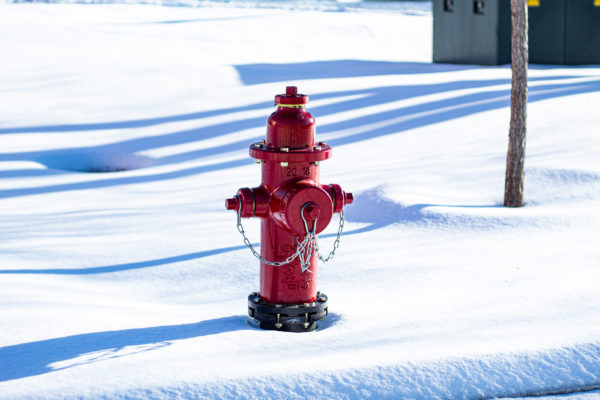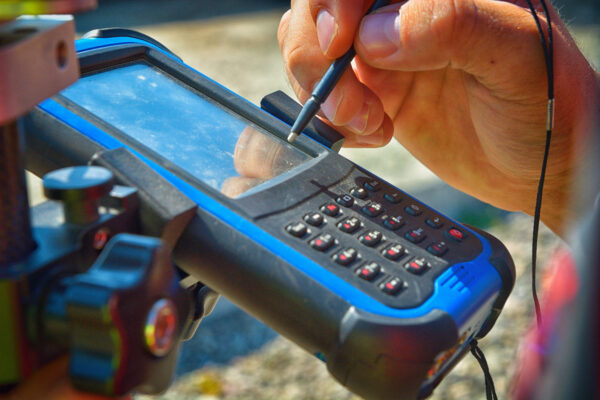Tips from a TAP: Preventing Winter Mishaps

Another winter storm headed your way? First one of the season? The best way to prevent winter water mishaps is to get ready for them!
Some may look forward to spring flowers as an indicator that the cold weather is behind us, but for operators, a hydrant poking out of a snowbank is even more exciting! As winter settles in, we need to remember that it is never too early to start preparing for the next seasonal changes. April showers might bring May flowers, but Jack Frost will be around the corner before we know it. Preparing is the best way to help prevent winter water mishaps. There are small steps we can take to better prepare for the cold season.
Hydrants should be clearly marked and free of snow to protect your residents and businesses from the ravages of a fire. Chad Carpenter, Operator in Charge for the Village of White Pigeon, Michigan and a Lieutenant for the local fire department stated, “even a couple of minutes in a fire can be an eternity and life threatening”. Educating residents and snowplow drivers to keep hydrants free of snow can be the difference between life and death. While preparing your hydrant, remember to ensure that water is draining from the barrel to prevent it from freezing. This should occur after your fall flushing and before capping the hydrant.
Valves also need attention before the snow. Street valves need to have asphalt chipped away from the lids, and dirt and stones removed from all sides. At a minimum, all your critical valves need to be exercised annually. Even if the valve is operable, they can be buried under layers of ice and snow. So, make sure that your GIS system or even your simple hand drawings using street signs, buildings and hydrants as measuring points are up to date. Knowing exactly where your valves are, and which work saves precious time during an emergency.
Generators should not only be tested monthly but make sure that all fluids are topped off and starter batteries charged. Operators should be familiar with how to start the generator and thoroughly practiced in switching their system into its back-up or emergency mode. Additionally, simple placards or paperwork with clear instructions can be invaluable during an emergency.
Another simple and important thing to do in the fall is a walk around of all your well houses, pump houses, and lift stations. Checking for gaps around doors, windows, and pipes can help prevent unnecessary freeze ups in cold weather as well as unwanted pests during warmer weather.
Sending a fall letter or note in the water bills or monthly newsletter to your customers can be helpful in the winter season. This note can instruct your customers of the temperatures you want them to let water drip from their faucets in their homes and tell them to minimize their use of water if they become aware of a water break. Businesses and schools should be instructed that during long periods of shutdowns like holidays and breaks, to have a water flushing plan to ensure water age in the pipes is kept to a minimum to prevent disease and bacteria growth as well as bad odor and taste.
In addition to these preventative maintenance and customer education items, it is important that the Board is making the proper decisions to ensure that the fiscal staff can generate the revenue, so that the technical staff can properly operate, maintain, repair, replace, and improve the system to always deliver a safe a dependable water supply – no matter what the weather.



